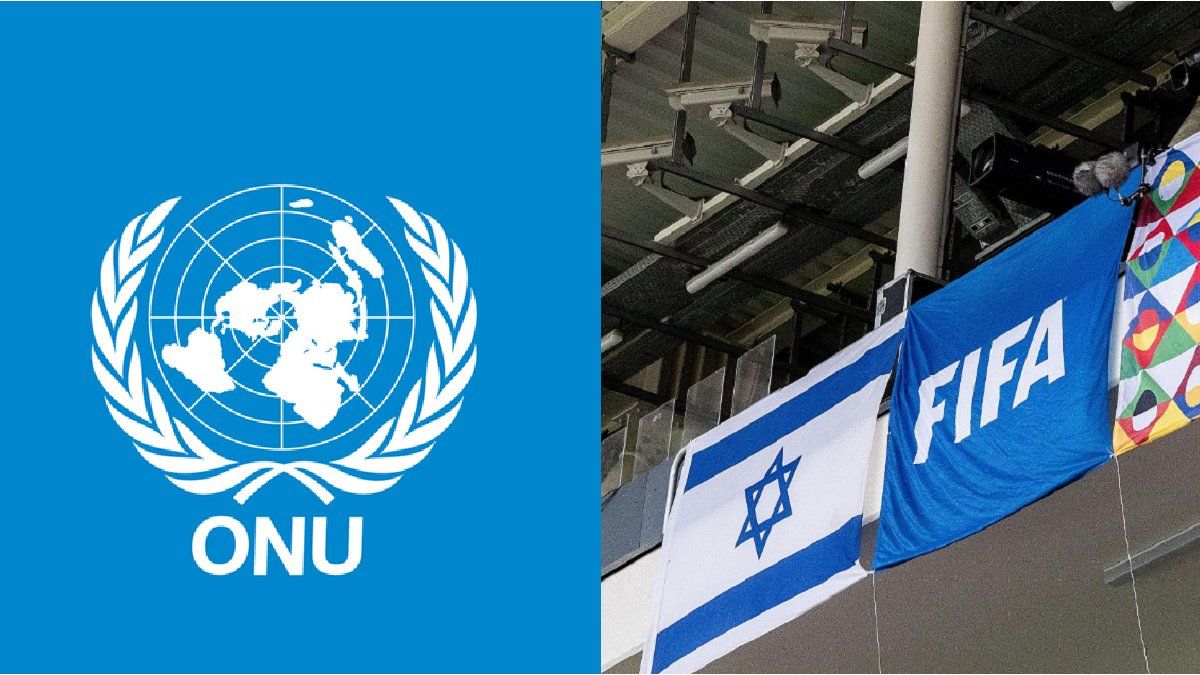The recent regulation of the Large Investment Incentive Regime (RIGI) through Decree 749/2024 of the National Executive Branch, launched an ambitious program of customs, fiscal, and exchange incentives, which offer legal and tax security to investing companies in the areas that this regime aims to encourage, especially the mining and hydrocarbon areas. Within this last sector, the most ambitious investment program is the complex producer and exporter of natural gas abroad in the form of liquefied natural gas, in what has been called the ARGLNG initiative.
The content you want to access is exclusive for subscribers.
This involves investments in the extraction of shale gas in the Vaca Muerta deposit, as well as the construction of a gas pipeline and a port in the Sierra Grande area, in the province of Río Negro, with a liquefaction plant that will allow gas ships to be loaded for export. The first investment would require some 10 billion dollars, while the second is estimated to cost up to 30 billion dollars. This is a very ambitious program, the possible effects of which are of interest to both provincial governments, which would collect royalties on production or receive the economic impact of the commercial activities that are always expanding around these complexes, and to the national government because, if these plans were to be carried out to their full extent, they would radically transform Argentina’s trade balance. The country would not only achieve energy self-sufficiency, but would also become a major exporter of liquefied natural gas, a fuel that is destined to play an absolutely central role in the energy matrix in the coming years as a result of the replacement of endothermic engines with electric motors.


The communicational presentation of these programs indicates optimism and exposes investment figures that are really important, given the minimal capacity that the Argentine Republic has today to attract foreign direct investment. And it is not insignificant to point out that these are medium-term projects, that they are not projects for immediate implementation, but that at present, more than their imminent implementation, what leads to the communicational emphasis is that they could have an important impact on the adhesion of vast sectors of the population to government policy in the mid-term elections that will take place in 2025.
But the economic and financial realities are always more austere and less brilliant than what the media suggests. An investment of 40 billion dollars requires complex financial engineering, with which the companies involved, the Argentine oil company YPF and the Malaysian company Petronas, must obtain the necessary funds. To do this, they make exhibitions in international financial centers and attract large investors, whether fund managers or investment banks. To these investors, the projects and the expected income and profit flows are presented. In other words, they are not companies that bring the funds they already have, but rather the projects that are sold on the world financial market in order to place certain financial products that allow sufficient funding for the investments. And here the RIGI plays a central role, insofar as only with the benefits of this investment promotion system can the sale of securities and bonds for such plans be offered on the international financial market. Without the RIGI, no international investor would pay attention to a project that is subject to the ups and downs and exchange rates of Argentina’s local economic policies.
But international financial markets involve not two, but three actors. In addition to investors and clients who will raise funds for their investments, there are the risk rating agencies. A risk rating agency is a company that issues an opinion on the potential risk that a financial asset has with respect to whether or not it can be paid and this rating is legally required by accounting laws that impose on large investors, such as pension funds, an exhaustive monitoring of the quality of their assets, so that these laws impose the obligation to devalue them in the event that the risk rating drops, or even to get rid of them in the event of a sudden drop in these. In other words, risk rating agencies have an absolutely central role in financial markets. And in the current global rating system, there are basically three companies – Standard & Poor’s, Moody’s Investors Service and Fitch Ratings – based in New York City, which have an almost oligopolistic role in the global market, since all investors seek to be rated by them, and the other rating agencies somehow try to match the ratings of these rating agencies. And this gives exceptional power to the US financial markets agency, the Securities and Exchange Commission (known by its acronym SEC).
In this context, the role of the RIGI is clearly understood, which is to enhance the possibility that the investment plans of the ARGLNG initiative can be placed on the global financial market, and which, in light of the role of the rating agency, must be understood as the US financial market under the control of the government of the United States of America. And not only of the government, but of the US justice system, which would apply its own local jurisprudence to the possible disagreements and differences that may arise in this broad financial scheme, jurisprudence that may differ from the Argentine jurisprudence, and therefore harm our interests.
The entire broad scheme of the ARGLNG initiative does nothing but weave a network of growing and long-term dependence on the United States of America. It is not only a relationship between private actors such as investors, production companies and risk assessment agencies. All of this depends on US state control and its accounting laws. This entire financing scheme is basically a project of structural integration, not only economic but also political, with that nation.
It is not a question of questioning a development project for its own sake, but of pointing out the imminent and long-term risks of a particular development project that ties us inexorably to the global hegemonic project of the United States of America, in which the imminent transformation of the global energy matrix is not a minor fact as a result of the legal changes that arise from the need to reduce the impact on the environment. What is at stake is basically the formation of a whole new foreign trade network that will have an impact for at least the next thirty years, and it is from this perspective that decisions must be made, and not in a communication presentation whose only interest would be to promote votes in the mid-term elections next year.
Source: Ambito
David William is a talented author who has made a name for himself in the world of writing. He is a professional author who writes on a wide range of topics, from general interest to opinion news. David is currently working as a writer at 24 hours worlds where he brings his unique perspective and in-depth research to his articles, making them both informative and engaging.




